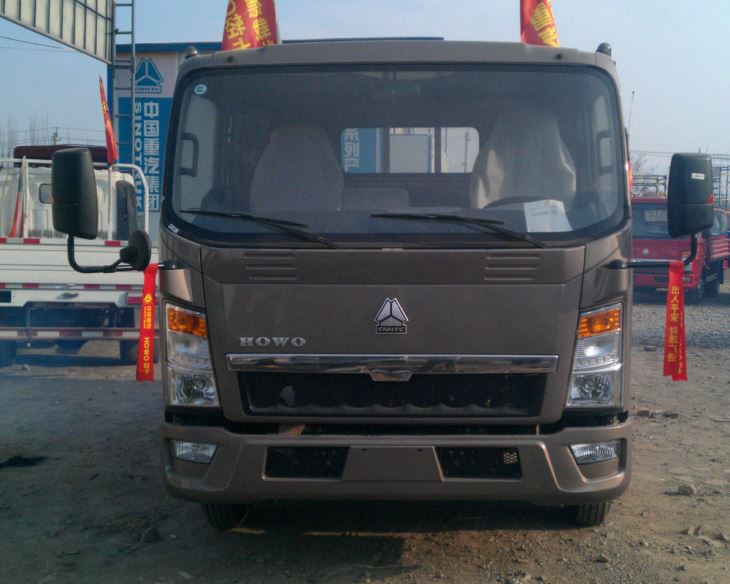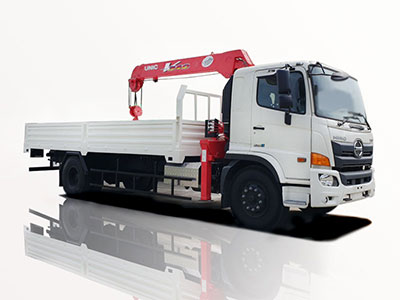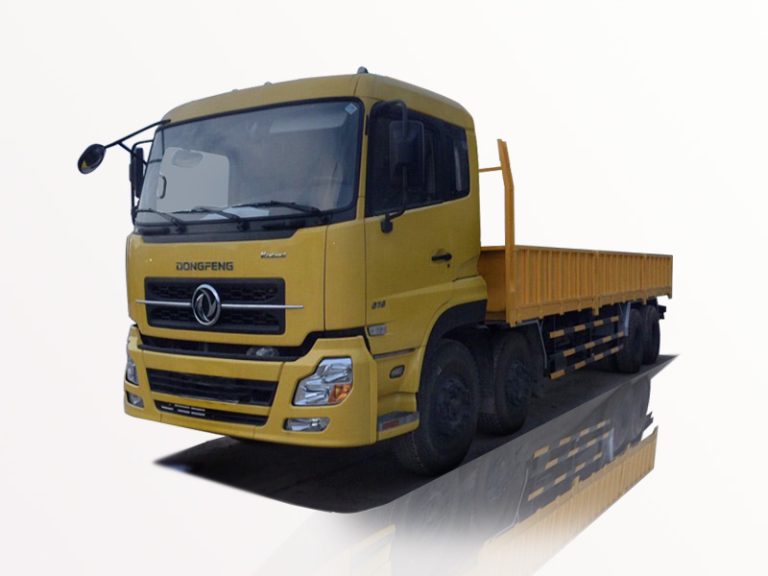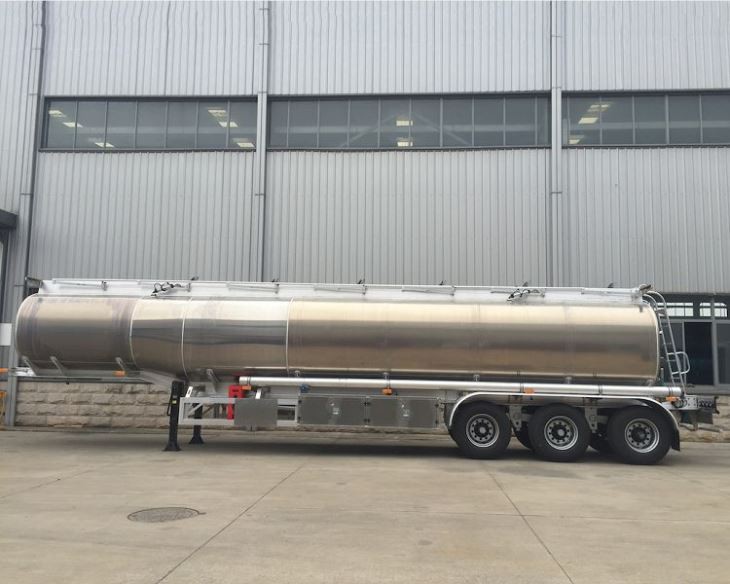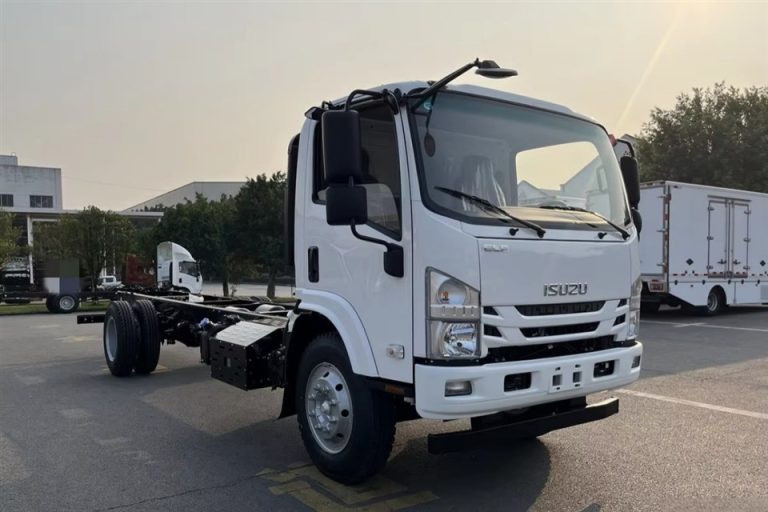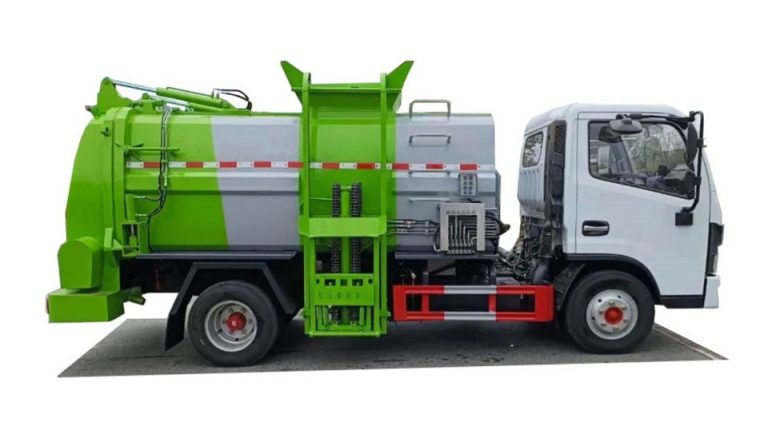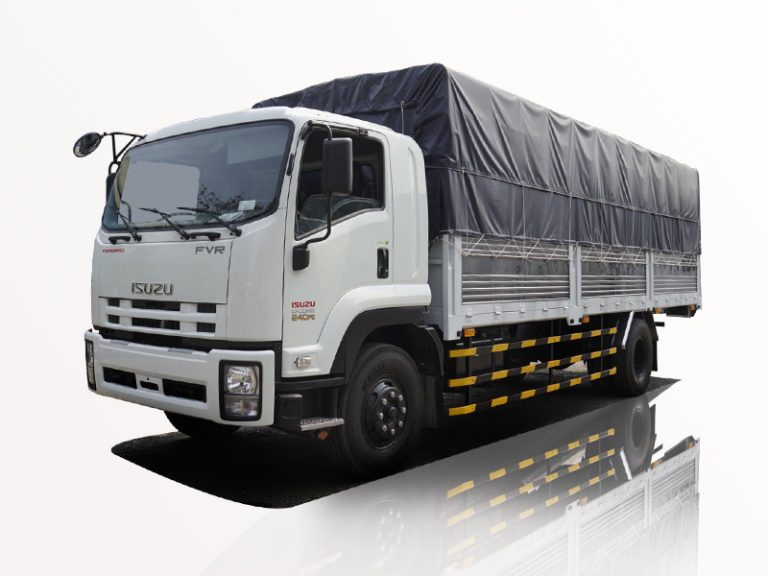Fire apparatus plays a critical role in firefighting and emergency response. With various types designed to meet specific operational needs, understanding these vehicles is essential for fire service professionals and the general public alike. This article explores the different types of fire apparatus, their functions, and specific features, providing insights into their importance in fire safety and emergency response.
Table of Contents
- Introduction
- What Is Fire Apparatus?
- Types of Fire Apparatus
- Features of Fire Apparatus
- Conclusion
- FAQs
What Is Fire Apparatus?
Fire apparatus includes a variety of vehicles and equipment specifically designed for firefighting, rescue operations, and emergency medical services. These vehicles come equipped with firefighting tools, hoses, ladders, and water tanks, enabling them to perform efficiently in emergencies. Understanding the types of fire apparatus can help communities grasp the capabilities and resources available for fire protection and emergency response.
Types of Fire Apparatus
Fire apparatus comes in various forms, each serving a unique purpose within the firefighting community. Below are the main types of fire apparatus:
1. Fire Engines
Fire engines, also known as pumper trucks, are the backbone of any fire department. These vehicles are specifically designed to transport firefighters and their equipment to the scene of a fire. They play a vital role in fire suppression and come equipped with powerful pumps, hoses, and water tanks.
Features of Fire Engines:
- Water pump with high-flow capability
- Storage for hoses and firefighting tools
- Seating for firefighters
- Water tank capacity ranging from 500 to 1,500 gallons
Practical Example: An example is the Rosenbauer Commander, a typical fire engine with an impressive water pump and a powerful infrastructure capable of deploying multiple hoses simultaneously.
2. Fire Trucks
Fire trucks, or ladder trucks, are designed for aerial rescues and accessing elevated areas. They generally do not carry a significant amount of water but are equipped with aerial devices such as ladders or platforms that can extend several stories high.
Features of Fire Trucks:
- Aerial ladder or platform
- Storage for rescue tools
- Ground ladders
- Possible water supply from nearby sources
Practical Example: The American LaFrance Ladder Truck is renowned for its extendable ladder, providing access to multi-story buildings and enabling swift rescues from upper floors.
3. Tanker Trucks
Tanker trucks are essential in areas without a reliable water source. These vehicles transport large quantities of water to the scene of a fire, ensuring firefighters can access the water needed for suppression efforts.
Features of Tanker Trucks:
- Water tank with a capacity ranging from 1,000 to 4,000 gallons
- Pumps for quick access
- Support for fire engines during extended fire operations
Practical Example: The Freightliner Tanker Fire Apparatus is widely utilized in rural areas, effectively bridging the gap in water supply during firefighting operations.
4. Ladder Trucks
Ladder trucks, often just referred to as “ladders,” are a type of fire truck equipped with a large, extendable ladder. These are essential for reaching high places, performing rescues, and performing inspections of high-rise buildings.
Features of Ladder Trucks:
- Heavy-duty, extendable ladder
- Built-in water stream for firefighting
- Space for additional equipment
Practical Example: The Pierce Ascendant offers an innovative ladder design with advanced handling and control, suitable for multiple rescue operations.
5. Aerial Apparatus
Aerial apparatus are specialized vehicles equipped with platforms or aerial devices that allow firefighters to work at significant heights. Unlike standard ladder trucks, these vehicles may include basket lifts that can support multiple individuals and equipment at the same time.
Features of Aerial Apparatus:
- Buckets or platforms for personnel
- Aerial work capabilities
- Integrated firefighting equipment
Practical Example: The E-One Typhoon is an aerial apparatus popular among urban fire departments for its impressive range and high-load capacity.
6. Brush Trucks
Brush trucks are designed for fighting wildfires and managing grass or brush fires. They are equipped with specialized firefighting tools and can navigate rugged terrains.
Features of Brush Trucks:
- Smaller size for agility
- High-clearance for off-road access
- Water tanks with lower capacity (typically 300 to 1,000 gallons)
Practical Example: The Ford F-550 Brush Truck features a durable chassis and equipment tailored for wildland firefighting, demonstrating versatility in challenging environments.
7. Ambulances
Ambulances are a crucial component of emergency medical services. While not traditional fire apparatus, many fire departments operate ambulances to provide immediate medical assistance during emergencies.
Features of Ambulances:
- Advanced medical equipment
- Staff trained in emergency medical response
- Rapid transport capabilities
Practical Example: The Mercedes-Benz Sprinter ambulance is renowned for its spacious interior and advanced medical interventions available for first responders.
8. Command Vehicles
Command vehicles are used by fire chiefs and incident commanders to oversee operations. They are equipped with communication tools and technology to manage large-scale incidents effectively.
Features of Command Vehicles:
- Advanced communication systems
- Data management and logistics capabilities
- Workstations for staff and support personnel
Practical Example: The Chevrolet Suburban Command Vehicle is widely used for incident management due to its spacious interior and versatile communication systems.
9. Support Vehicles
Support vehicles include a range of apparatus used for non-emergency services such as equipment transport, maintenance, and logistical support. These vehicles help enhance the operational effectiveness of fire departments.
Features of Support Vehicles:
- Storage compartments for a variety of equipment
- Utility functions such as mobile repair shops
- Support for specialized firefighting units
Practical Example: The Ford F-350 Support Vehicle is often used by departments for equipment transport, featuring built-in storage and utility functionalities.
Features of Fire Apparatus
Regardless of the type, all fire apparatus share certain fundamental characteristics that enhance their functionality:
- Safety Features: Most fire apparatus are equipped with safety features like flashing lights, sirens, and reflective markings to ensure visibility during operations.
- Ergonomic Design: They are designed with the comfort and ease of use for firefighters in mind, facilitating quick access to equipment.
- Durability: Fire apparatus must be robust, capable of enduring harsh environments and adverse weather conditions.
- Technological Integration: Many modern fire apparatus now feature advanced technologies such as GPS, communication systems, and operational software to streamline their responses.
FAQs
1. What is the difference between a fire engine and a fire truck?
A fire engine is designed primarily for transporting water and equipment for firefighting, while a fire truck is equipped with ladders and specialized tools for rescue operations.
2. Why are tanker trucks important in firefighting?
Tanker trucks are crucial in areas lacking a reliable water source. They transport water to the fire scene, enabling firefighters to suppress flames effectively.
3. What type of apparatus is best for wildfires?
Brush trucks are the best for wildfires as they are designed to navigate rugged terrains and are equipped to combat grass and brush fires effectively.
4. Do all fire departments operate ambulances?
No, not all fire departments operate ambulances. Some may specialize solely in firefighting, while others may have integrated EMS services.
5. What features should I look for in a command vehicle?
When selecting a command vehicle, consider features like communication systems, workstations, and the space available for personnel and equipment.
6. How do support vehicles enhance firefighting operations?
Support vehicles facilitate maintenance, equipment transport, and logistical functions, ensuring that firefighting units operate efficiently and effectively during emergencies.
